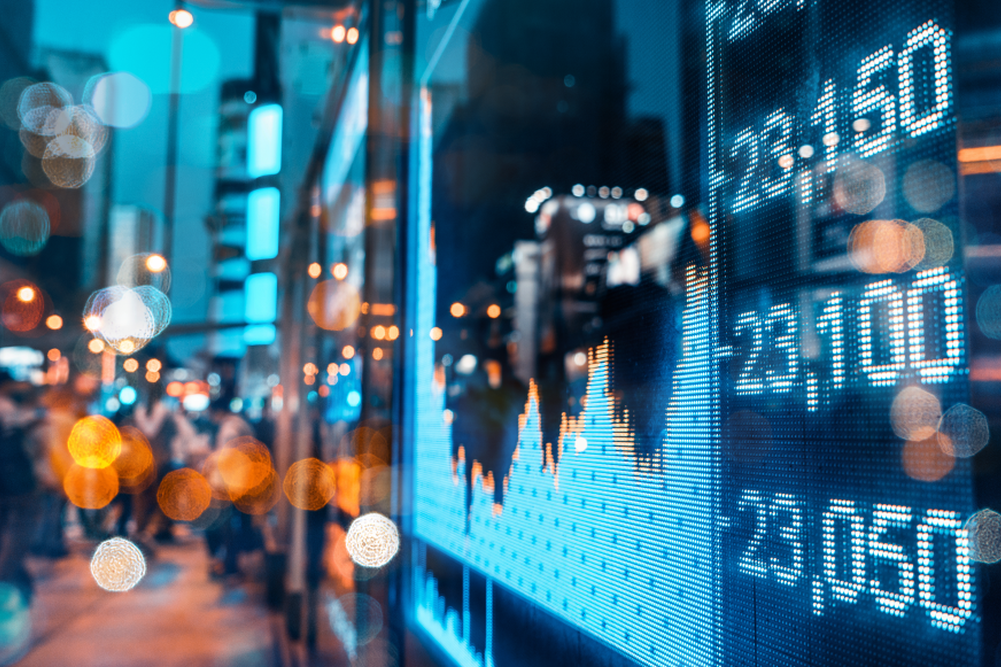With war in Eastern Europe, inflation surging and Covid lockdowns inhibiting industrial production in parts of China, investment markets faced a rising tide of volatility over the past quarter.
Yet while this may feel like the worst of times, it may really be that the 14 or so years since the GFC are the outlier and the new market environment is more normal than it looks.
What’s influencing the outlook?
Ukraine and China
The cruelty of Russia’s ‘special military operation’ has shaken the world but history tells us war does not always derail investment markets. Strikingly, global shares fell over 30% when the world locked down for Covid (February 2020 to March 2020). But they’ve risen slightly since the fighting started in Ukraine.
There are more specific forces at play that will influence markets. There are widespread attempts to shun Russian energy sources, which constrains supply and means oil and gas prices are rising. Higher energy prices are a major economic blow because they suck cash from consumers’ pockets. Meanwhile, the loss of Ukraine’s harvests will add to food costs.
Somewhat lost in the fog of war is another Chinese Covid crisis – as we write there are over 20 million people locked down in Shanghai as Chinese policymakers stick to a futile zero-Covid policy. That has implications for Chinese industrial production, keeps the pressure on global supply chains and curtails Chinese consumer confidence and spending.
Inflation and interest rates
For investors today, inflation and interest rates are the terrible twins: inseparable and inexorably influencing investment assets. Hopes that supply chain pressures would ease as the world recovered from Covid have been dashed by the Ukraine crisis and China’s decision to slam the doors on large chunks of its population. That means inflation is now at rates unthinkable a year ago – 7.9% in the US, 6.2% in the UK, 7.5% in the Euro area. And around the world rates have started to rise in response. There are more rises to come, with the US response stretching to a potential seven rates hikes.
Who’s going to drop the ball?
This confluence of events throws up another risk – major policy error by governments or central banks. A recent IMF bulletin sums it up: “There are already clear signs that the war and resulting jump in costs for essential commodities will make it harder for policymakers in some countries to strike the delicate balance between containing inflation and supporting the economic recovery from the pandemic.”
What’s normal anyway?
According to Andrew Garrett, Investment Director at Perpetual Private, markets are now dealing with geopolitical risks and inflation pressures they haven’t experienced for over a decade. Yet while Perpetual Private does expect higher volatility and lower overall returns, that doesn’t mean well-diversified portfolios can’t deliver solid results for investors. Instead, a more nuanced market environment places a premium on specific investment skills.
“The long-running, low-rate environment that’s just ended inflated investment markets and made growth assets, especially ‘promising young tech stocks,’ more attractive,” says Andrew. “To use a Buffetism, it lifted all boats.”
By contrast, a rising-rate environment is one where active investors with a nose for quality can do well. We’re likely to see better results from value stocks (ie profitable companies with predictable earning whose full potential is not built into their ticker price). And from value managers – like Perpetual – who specialise in the deep research needed to unearth those opportunities.
Recent results in Australia may be a sign of things to come in this growth/value shift. Value shares were up 11.7%. Growth shares lost 4%. (As measured by the MSCI Australia Value and MSCI Australia Growth indices for the March quarter).
Source: Perpetual






